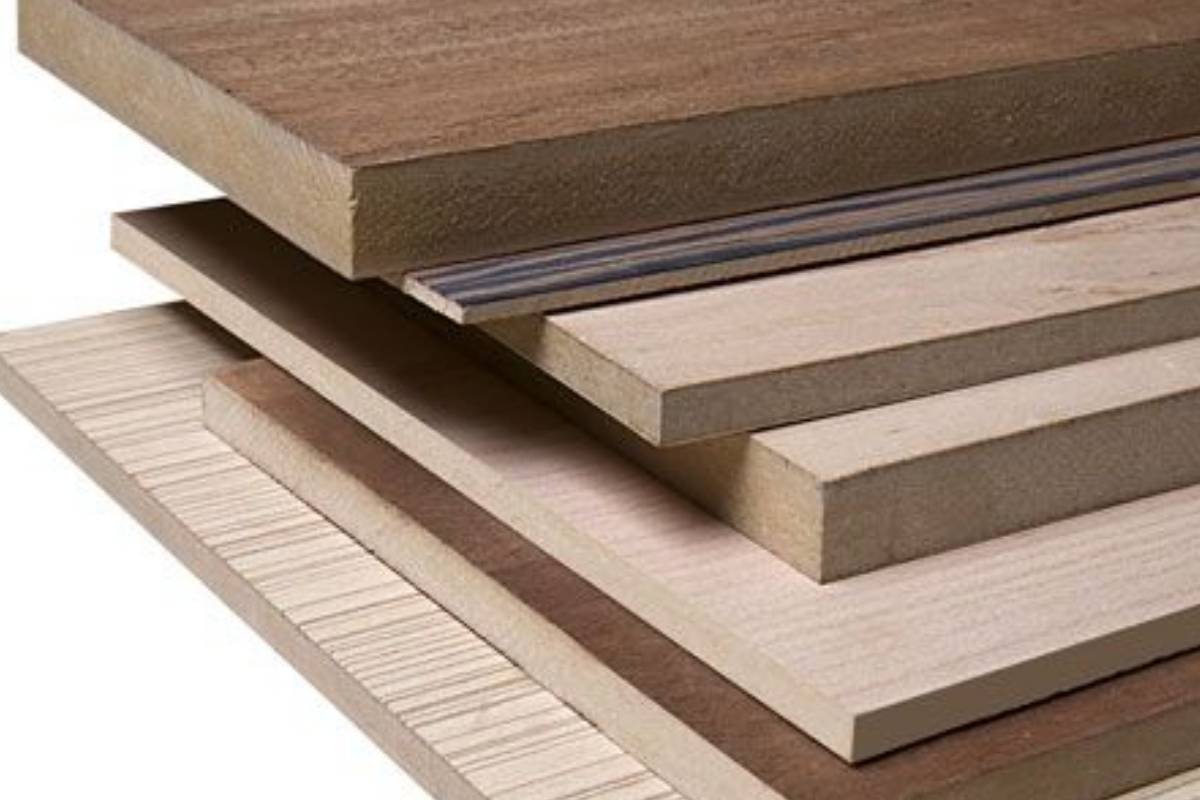-
-
-
Total payment:
-

High-Strength Packaging Plywood for All Types of Goods
Posted by Kiều Trang at 28/10/2024
Plywood packaging is an optimal solution for packaging and protecting goods, favored in many industries due to its outstanding properties. Below is a deeper look into plywood packaging, covering its structure, advantages, applications, and considerations for use.
Structure and Production Process
Plywood packaging is created by stacking several thin layers of wood together, typically made from natural or engineered wood. These layers are bonded with specialized adhesives under pressure and heat, resulting in a cohesive and durable product.
Notable Advantages
1. Durability and Strength: Plywood exhibits excellent load-bearing capacity, helping to protect goods from external impacts. It can withstand compression, tension, and shock, minimizing the risk of damage to the products.

2. Moisture Resistance: Some types of plywood are treated for moisture resistance, reducing the risk of mold or decay when exposed to high humidity. This is particularly crucial in fields like food packaging or goods exported to various climates.

3. Flexible Customization: Plywood can be cut, folded, and shaped according to specific needs for different types of goods. This helps optimize storage and transportation space while ensuring that products are securely held.

4. Environmental Protection: Many plywood types are produced from recycled wood sources, minimizing environmental impact. Additionally, plywood can be reused or recycled after use, contributing to natural resource conservation.

Cost-Effectiveness: Compared to many other packaging materials like plastic or metal, plywood typically has a lower production and transportation cost. This helps businesses save expenses while ensuring product safety.
Diverse Applications
- Electronics Industry: Plywood is an ideal choice for protecting electronic products such as TVs, computers, and household appliances. Products are carefully packaged to avoid scratches or impacts during transportation.
- Industrial Sector: Machine parts, mechanical components, and other industrial products can all be packaged in plywood. The durability of plywood ensures that heavy goods remain well-protected.
- Food Industry: Certain types of plywood are certified for food safety, allowing use in packaging processed foods or fresh produce.
- International Shipping: Plywood is widely used in the import-export industry. It helps ensure goods are safe through various transportation methods, including road, sea, and air.
Considerations for Use
1. Choose the Right Plywood Type: Depending on the type of goods and shipping conditions, select the appropriate plywood type (e.g., moisture-resistant or standard plywood).

2. Consider Shipping Regulations: For exported goods, ensure that the plywood complies with safety and environmental regulations of the receiving country.

3. Check Quality: Before use, thoroughly inspect the plywood for signs of damage, pests, or mold.

4. Store Plywood Properly: To maintain quality, plywood should be stored in a dry place, avoiding direct contact with water or high humidity.

Plywood packaging is not just a simple packaging material but an effective, sustainable, and environmentally friendly solution for various types of goods. With the continuous development of production technology and the growing demand in the logistics sector, plywood will continue to play an essential role in protecting goods and optimizing transportation processes. If you need more specific information or advice tailored to your needs, feel free to share!










